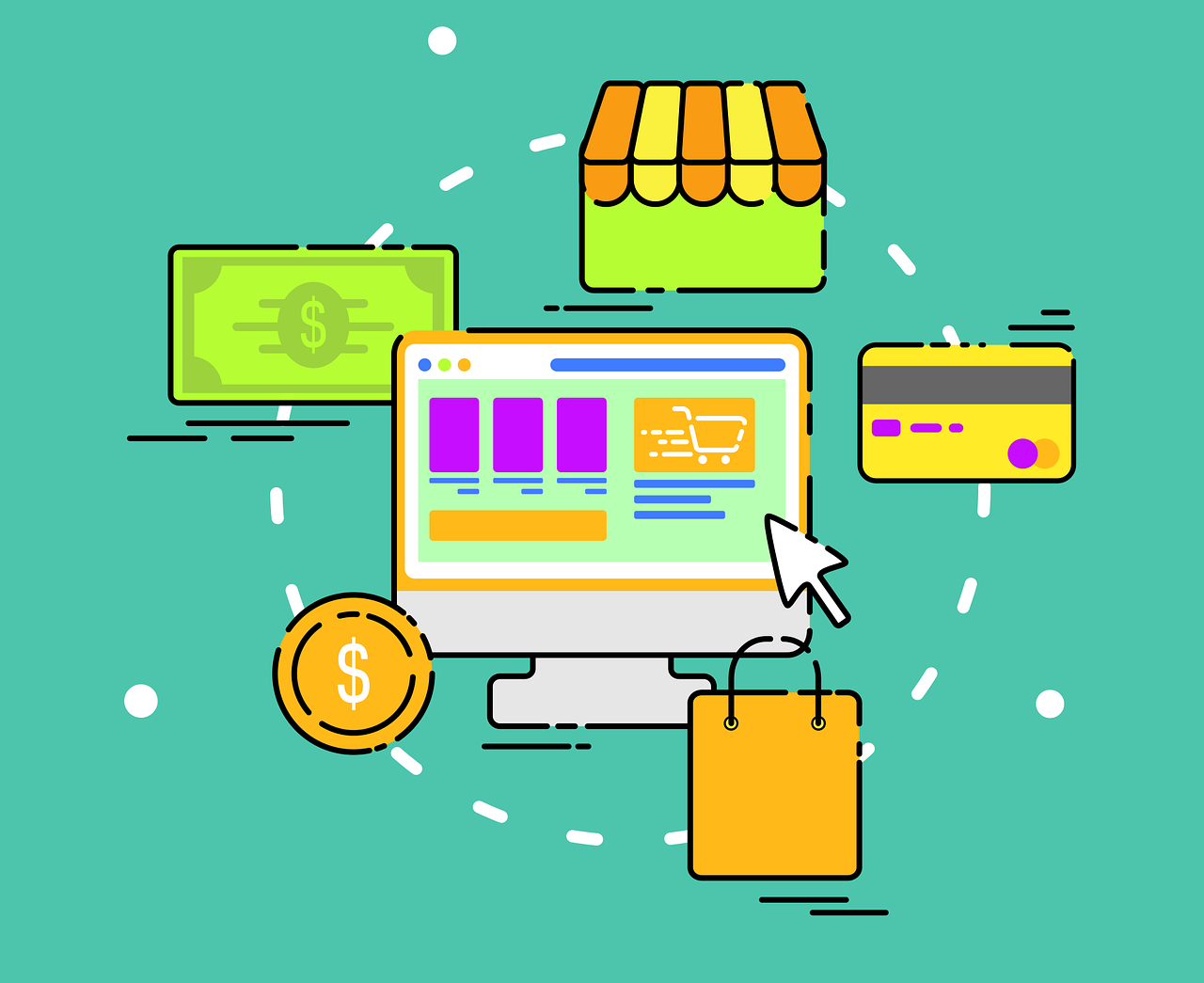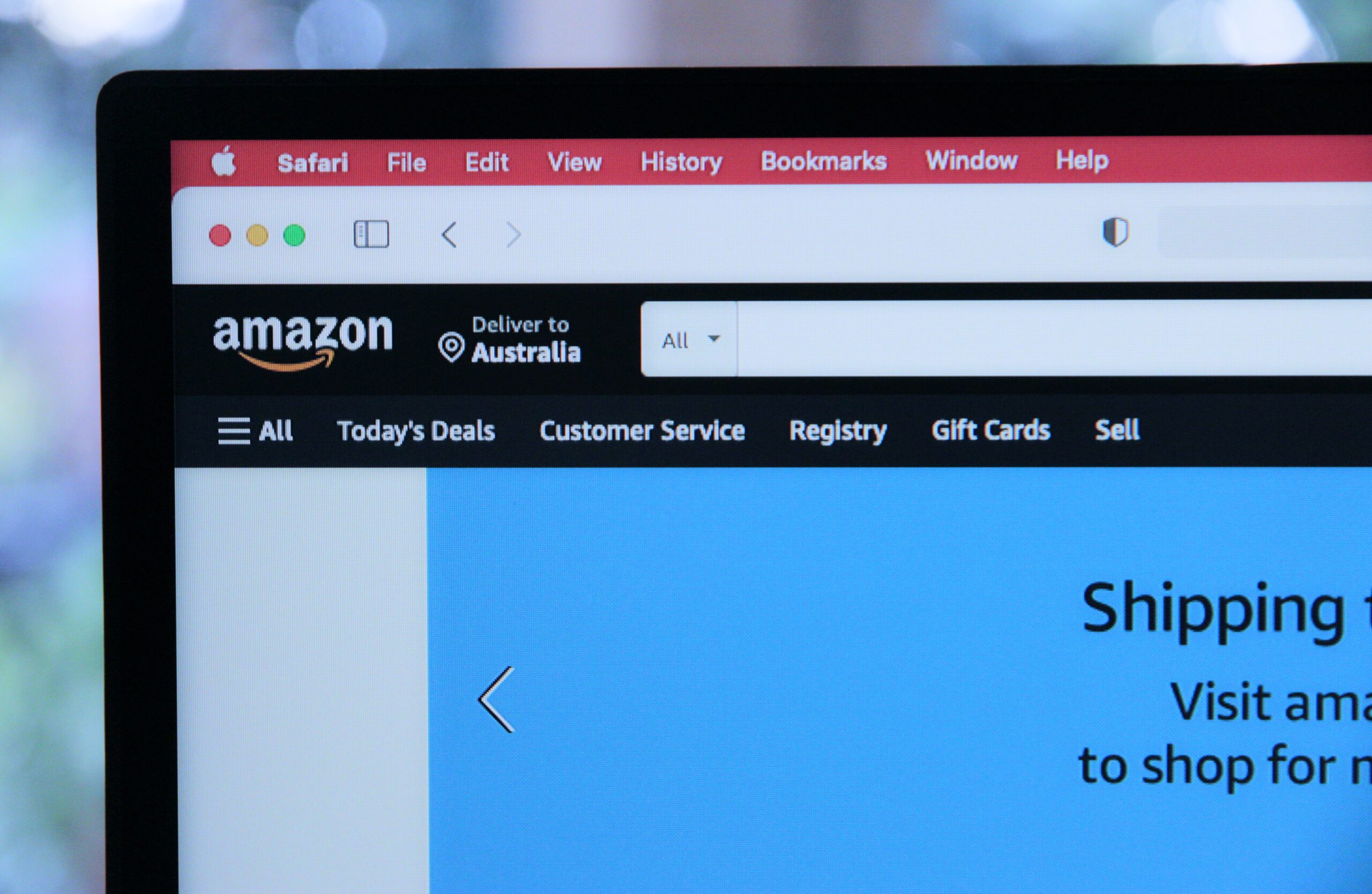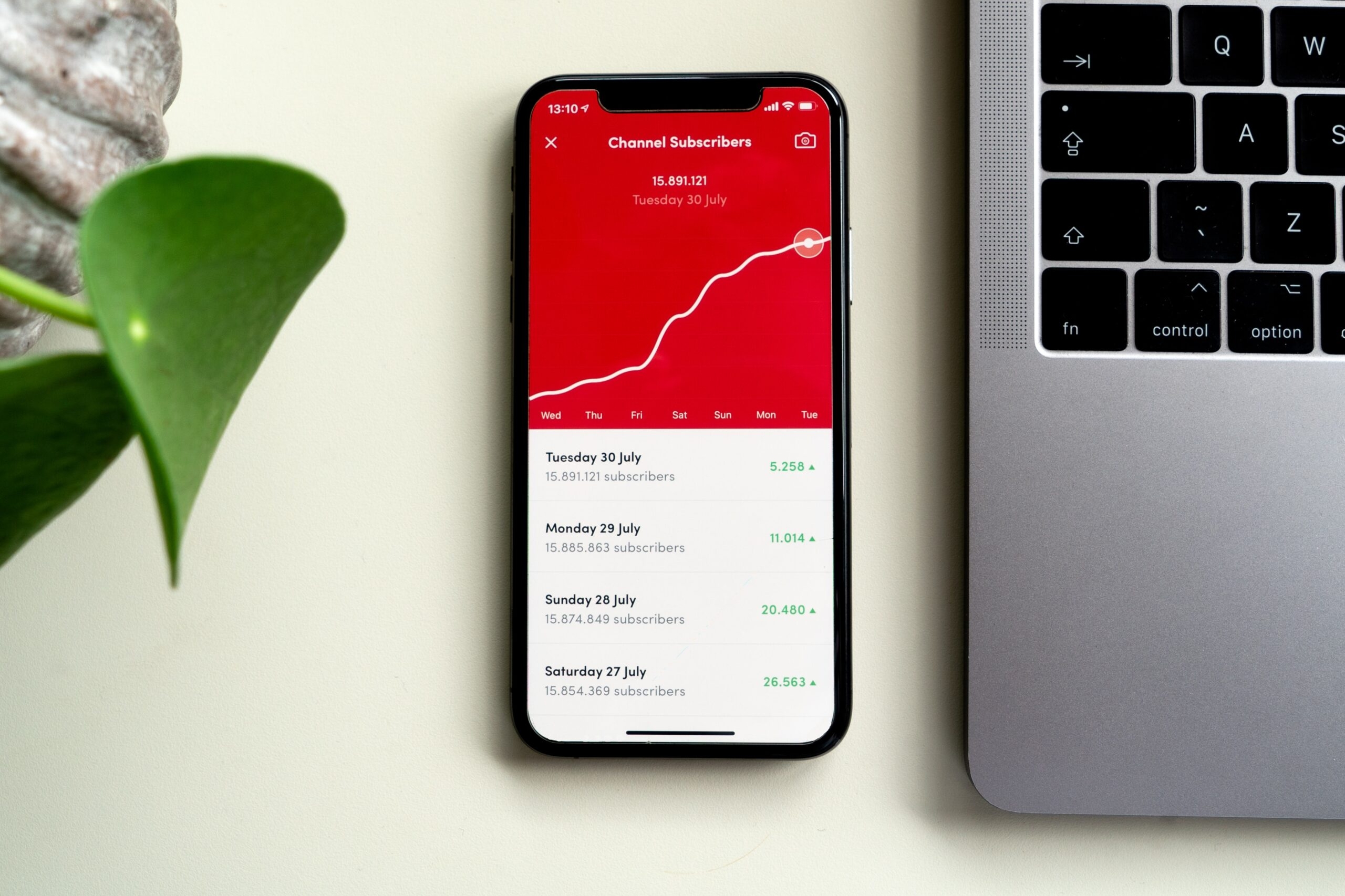Ecommerce Business Models for B2B and B2C Organisations: Complete Guide
In today’s digital landscape, e-commerce has revolutionised the way businesses operate and make money. Both business-to-business (B2B) and business-to-business (B2C) organisations have used e-commerce as a powerful tool to increase sales and grow their customer base. By leveraging various e-commerce business models, these companies can generate different revenue streams and open up new growth opportunities. This article examines how a B2B and B2C companies can make money with different e-commerce business models.
This comprehensive guide will dive into the vast world of ecommerce business models, exploring how B2B and B2C organisations can capitalise on these models to generate revenue and thrive in the digital marketplace. From traditional retail models to subscription-based services and innovative marketplace platforms, we examine the key strategies and methods that help businesses make money online and achieve sustainable growth in the ecommerce space.
Aligning your business objectives and goals with the most suitable ecommerce business model, you can unlock the true potential of your business, improve customer experiences, streamline operations, and boost your competitive advantage as a result. Whether you’re a start-up e-commerce venture launching an offering for the first time or seeking to optimise your existing online presence, this guide will provide valuable insights and practical advice to help you navigate the ever-evolving e-commerce landscape.

Business-to-Consumer (B2C) E-commerce Business Models
Although not specifically tied to B2C organisations, the following business models outlay the typical approach many organisations take when creating new revenue streams for their business.
Retail Ecommerce Model
The most common B2C ecommerce model is that of the retail ecommerce model, where businesses sell their own or others products directly to consumers through online platforms such a ecommerce websites or even social selling channels. By establishing an online store, B2C organisations can reach a wider audience, offer personalised shopping experiences through their site, and generate additional revenue through product sales. Key revenue drivers include product pricing, sales volume, cross-selling, and upselling techniques. Many ecommerce stores adopt this business model approach with more than 750,000 ecommerce websites in the UK alone.
Subscription-based Model
The subscription-based model is another commonly used business model approach which allows B2C and sometimes B2B organisations to offer products or services on a recurring basis for a fee which is usually billed monthly or yearly. By charging customers a subscription fee on a monthly or yearly basis, businesses can secure a predictable revenue stream and build long-term relationships with their customers. This model is particularly effective for businesses providing digital content, software, or streaming services.
Marketplace Model
B2C organisations can also leverage the marketplace model, acting as intermediaries connecting buyers and sellers. By charging sellers transaction fees, commissions, or advertising fees, businesses can generate revenue without holding any inventory at all. Examples of successful marketplace models include Amazon, eBay, and Airbnb. This showcases the power of a brand and how connecting people through providing a service offering which delivers value for both parties involved can be profitable. Even without offering their own products, the marketplace model can deliver value throughout.
On-demand Model
The on-demand model caters to consumers’ immediate needs by providing goods or services at a fast pace. B2C organisations can profit by charging convenience fees, service fees, or commissions for facilitating these transactions. Amazon with its Prime offering demonstrates this perfectly by charging their customers an additional convenience fee for additional benefits which include same day/next day delivery, special offers and early access to products across their site. Businesses operating in the ride-sharing, food delivery, or home services sectors often utilise this model as well.

Business-to-Business (B2B) E-commerce Business Models
E-procurement Model
B2B organisations can adopt the e-procurement model, which streamlines the purchasing process for businesses. This works particularly well for B2B organisations as the business only need to manage the information on their platform effectively to provide the service. By providing online platforms that connect businesses with suppliers, B2B organisations can charge subscription fees, transaction fees, or take a percentage of the total order value depending on their preferences. This model enables businesses to reduce costs, improve efficiency, and generate revenue through their platform. Typical examples of sites which have adopted this method include many well-known supplier platforms such as Crown Commercial Service or Stottles.
E-distributor Model
In the e-distributor model, B2B organisations act as intermediaries between manufacturers and retailers. By leveraging their online presence, these organisations can expand their distribution networks, offer a wide range of products, and generate revenue by charging margins on top of the products they sell. This model is common in industries such as electronics, industrial equipment, and wholesale trade although still applies to many other industries. Although a common business model, in recent years manufacturers in particular are beginning to sell directly to retailers, effectively cutting out the middle man ‘distributor’ role and thus creating higher margins for their organisation as a result.
Software-as-a-Service (SaaS) Model
B2B organisations offering software solutions can adopt the SaaS(Software as a Service) model, where they provide access to their software through a subscription-based model for a certain period of time. By charging monthly or annual fees, businesses can generate recurring revenue while offering ongoing support and updates to their customers across the software package itself by including bug fixes, system updates and other support services on an ongoing basis. This model is prevalent in the software industry. Notable companies such as Adobe adopt this model with their Adobe Creative Cloud Suite offering which provides access to one or all of the adobe software products for a monthly or annual charge. Customers benefits from a range of free design resources, system updates and enhancements from the latest updates and innovations which get introduced to the programmes over time.

Ecommerce Business Models moving forward...
Ecommerce has unlocked a multitude of revenue streams for both B2B and B2C organisations looking to take advantage of the new digital landscape. By strategically adopting different e-commerce business models to suit, brands can leverage new and innovative technology to drive revenue growth opportunities, expand their customer base effectively, and create sustainable business models which deliver value well into the future.
Whether it’s through retail ecommerce, subscriptions, marketplaces, or tailored B2B models, all types of B2C and B2B organisations can thrive in the digital landscape and capitalise on the ever-evolving ecommerce industry. New technology entering the marketplace such as the Metaverse, Virtual Reality (VR) and Augmented Reality (AR) have presented a unique opportunity to expand these existing business models further to be more interactive and engaging and thus driving more revenue throughout.
More interesting content...
Like this story? Share it on your social media...
For more of the latest content, why not subscribe to our mailing list...






